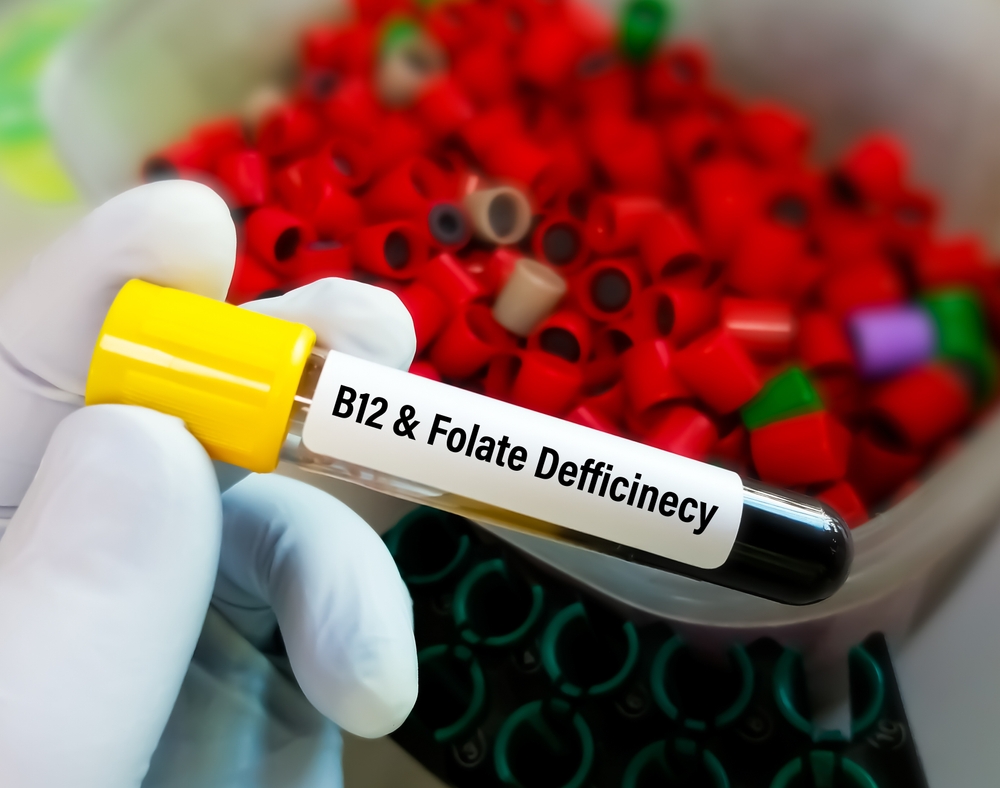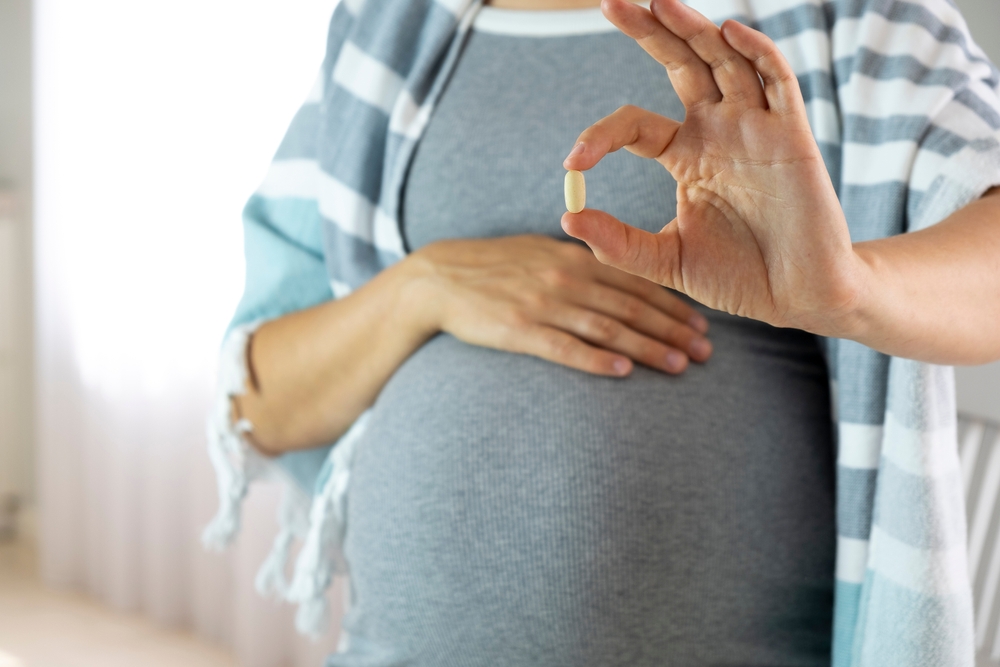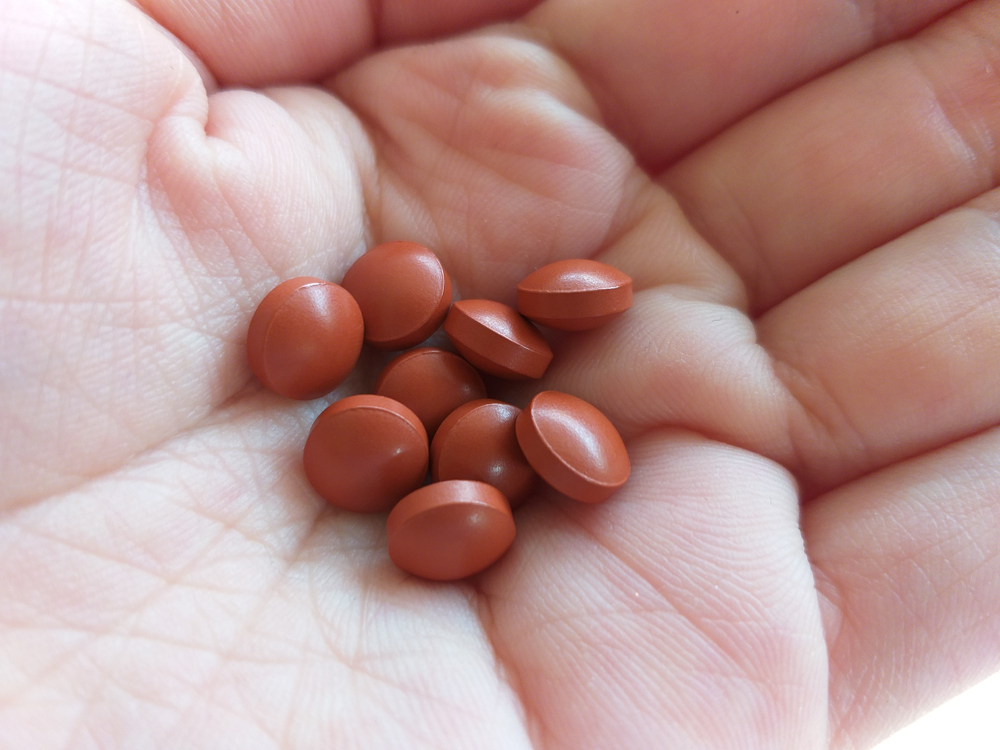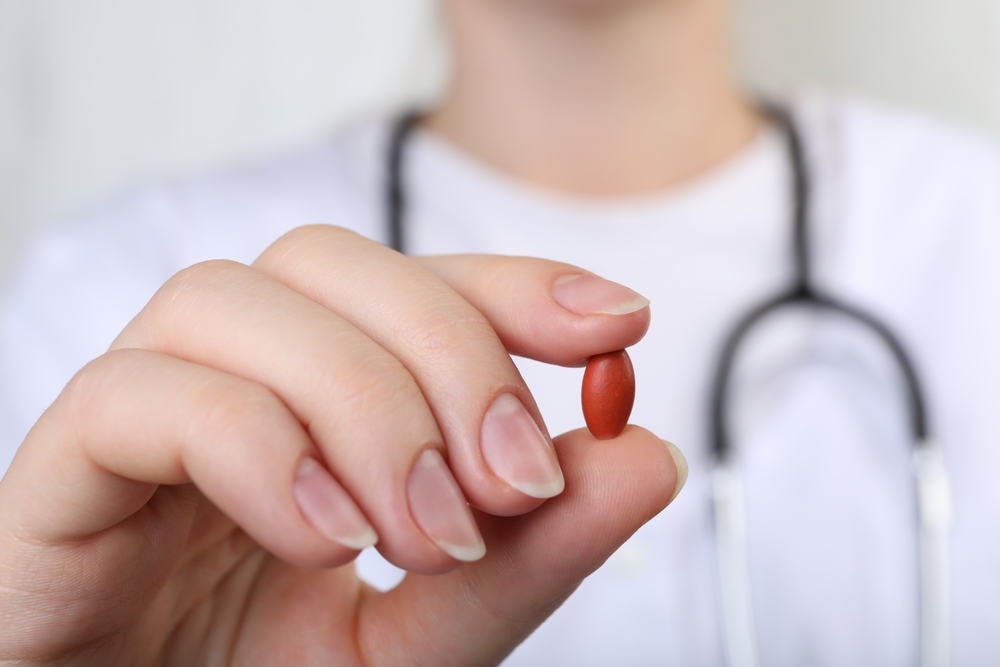Anemia and Nutrient Deficiencies: Racial Differences

A Mayo Clinic Arizona study found racial disparities in anemia and nutrient deficiencies in the US. American Indians/Alaskan natives and African Americans showed higher anemia rates, with the former also having significant serum folate and iron deficiencies, and Asians having the highest vitamin B12 deficiency. The disparities likely arise from diverse medical, nutritional, and social factors, underscoring the need for more research and targeted nutritional interventions in at-risk racial groups to combat healthcare inequalities in nutritional anemias.
Recognizing Differences in Ethnicities in Iron Status

A recent review shows that genetic influences on iron status differ among ethnic groups, with predominant research on Europeans. The applicability of these findings to other ethnicities is uncertain due to genetic variation. Using polygenic risk scores and direct measures of nutrient utilization could more accurately assess iron-related issues across populations. This understanding is crucial for evaluating iron supplementation policies and customizing iron intake guidelines for different groups.
Prevalence of Iron Deficiency in Women

In a recent study, researchers examined the prevalence of iron deficiency and iron-deficiency anemia among nonpregnant females aged 12 to 21 years. The study highlights a high prevalence of iron within this age range, with certain demographic factors influencing the risk. It suggests the need for targeted screening and intervention strategies in this population.
Iron Deficiency in Women and Obesity

National Health and Nutrition Examination Survey (NHANES) data indicate that women with obesity have disrupted iron metabolism, evidenced by various biomarkers. They exhibit higher iron deficiency and diminished erythropoiesis than normal-weight women. The study highlights how classification models for iron deficiency affect prevalence estimates in obese populations. It calls for more research to examine how iron levels and deficiency change with increasing BMI, particularly in severe obesity cases (BMI over 30 kg/m^2).
Iron Deficiency Anemia – StatPearls

A recent study analyzed the diagnosis and treatment of iron deficiency anemia. Diagnosis involves lab tests showing altered hemoglobin and iron levels. Treatment includes correcting the root cause and iron supplementation, vital for at-risk groups like women, blood donors, adolescents, and vegetarians. The study concludes that a comprehensive healthcare team approach is essential for management, with ongoing research needed to evaluate the long-term effectiveness of iron therapy in diverse ethnic groups.
Management of Iron Deficiency and Heavy Menstrual Bleeding

A review of 22 out of 55 guidelines on heavy menstrual bleeding (HMB) management revealed varied approaches to anemia screening
Record Low Hemoglobin: A Case Report

A recent report analyzed the case of a 42-year-old Hispanic woman with severe iron deficiency anemia presented with fatigue and dizziness. She underwent successful treatment with blood transfusions and intravenous iron, leading to symptom resolution and return to normal activity. This case is notable for the lowest recorded hemoglobin level in a stable patient without the need for cardiac or supplemental oxygen support.
Prevalence of Iron Deficiency: The HEIRS Study

A study analyzing iron deficiency (ID) among 62,685 women in the US and Canada found higher ID rates in Hispanic and black women aged 25 to 54 years compared to white and Asian women. The prevalence of HFE p.C282Y and p.H63D alleles, linked to iron metabolism, was consistent among women regardless of ID status, race/ethnicity, age group, or pregnancy status. This suggests ID prevalence varies by race/ethnicity and age but is not significantly affected by these genetic factors.

